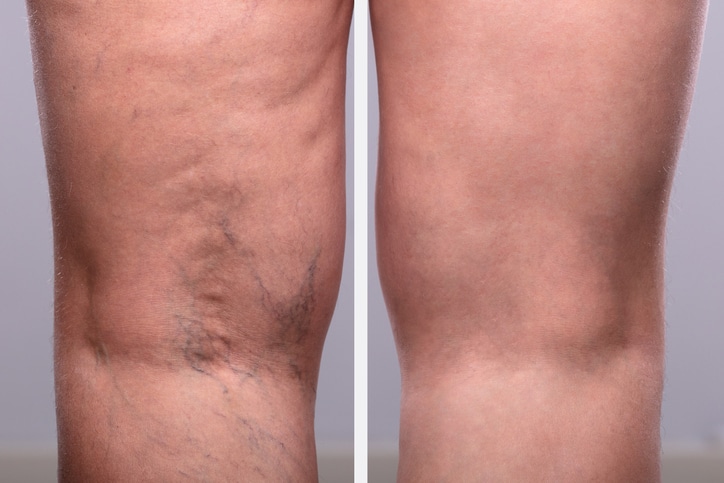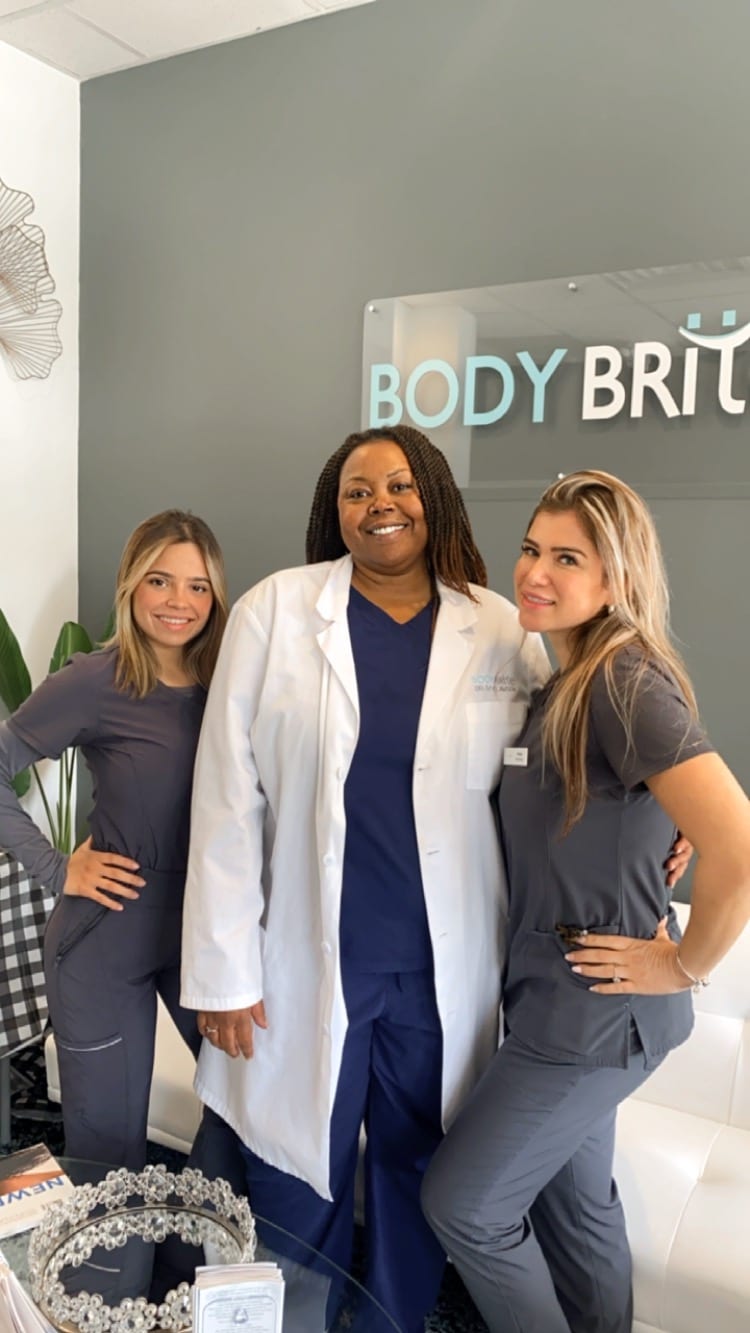

Sclerotherapy is a minimally invasive medical procedure used to treat varicose veins and spider veins. It involves the injection of a special solution, known as a sclerosant, directly into the affected veins. This solution irritates the lining of the vein, causing it to collapse and stick together. Over time, the collapsed vein is reabsorbed by the body and fades from view.
Sclerotherapy is typically performed in an outpatient setting and does not require anesthesia. It is a relatively quick procedure, with multiple veins able to be treated in a single session. After treatment, patients may be advised to wear compression stockings to help promote healing and reduce the risk of complications.
Sclerotherapy is highly effective for eliminating unsightly varicose and spider veins, improving both the appearance and symptoms associated with these conditions. It is considered a safe and well-tolerated treatment option for individuals seeking relief from vein-related issues.
For optimal results, multiple sclerotherapy sessions may be necessary. The number of sessions required varies depending on factors such as the extent of vein involvement, individual response to treatment, and desired outcomes.
In many cases, patients undergo a series of sclerotherapy sessions spaced several weeks apart to effectively target and treat all affected veins. During each session, additional veins can be addressed, gradually improving the appearance and symptoms associated with varicose and spider veins.
Patients typically begin to see noticeable results from sclerotherapy sessions within a few weeks to a few months after treatment. However, the exact timing can vary depending on factors such as the size and number of treated veins, individual healing processes, and the body's ability to absorb and eliminate the treated veins.
Some patients may experience immediate improvements in the appearance of treated veins, while others may require more time for the veins to fade completely. Additionally, multiple sclerotherapy sessions may be needed to achieve desired results, with each session contributing to gradual improvements in vein appearance and symptoms.